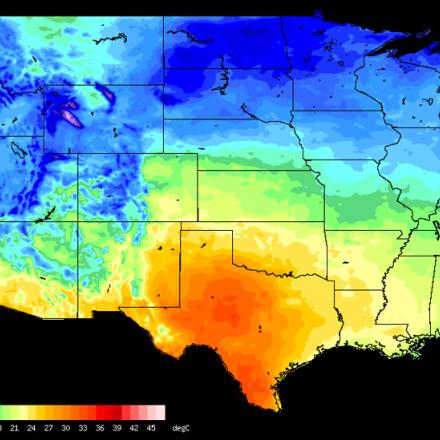
Artificial Intelligence and Machine Learning

Artificial Intelligence and Machine Learning
RAL forged a long history of applying artificial intelligence (AI) and machine learning (ML) to Earth-system science, from intelligent weather prediction and renewable energy forecasting to wildfire modeling and urban digital twins. Today, these tools are improving forecast accuracy, quantifying uncertainty, and delivering faster, more actionable information to decision makers across sectors such as national security, insurance, renewable energy, transportation, water systems, and emergency response.






